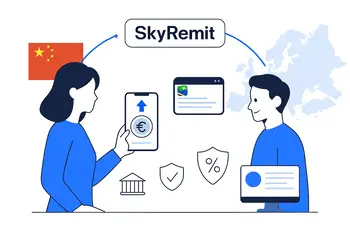
Learning Mandarin is a rewarding journey that opens doors to new opportunities in business, travel, and cultural understanding.
Thanks to the internet, mastering Mandarin has never been more accessible.
Whether you’re a beginner or an advanced learner, there are countless online tools and platforms to help you achieve your goals.
This guide explores the top online resources for learning Mandarin, complete with comparisons, pricing, and insights to help you choose the best option for your needs.
Quick Comparison of Online Mandarin Learning Resources
| Resource | Best For | Key Features | Pricing | Offline Mode | Target Audience |
|---|---|---|---|---|---|
| Duolingo | Gamified Learning | Bite-sized lessons, vocabulary, grammar | Free, Plus $6.99/mo | Yes | Beginners |
| Rosetta Stone | Immersive Learning | Context-based lessons, speech recognition | $11.99/mo, $199/life | Yes | Beginners to Intermediate |
| Hello Chinese | Comprehensive Learning | Interactive lessons, speech recognition | Free, Premium $8.99/mo | Yes | Beginners to Intermediate |
| Chinese Class 101 | Audio & Video Lessons | Practical language use, downloadable files | Free, Premium $10+/mo | Yes | All Levels |
| Mandarin Blueprint | Character Learning | Video lessons, interactive quizzes | $29–$39/mo | No | Beginners to Advanced |
| Yoyo Chinese | Structured Courses | Video lessons, flashcards, quizzes | $29/mo, $299/life | No | Beginners to Advanced |
| Pimsleur | Audio-Based Learning | Listening and speaking focus | $14.99/mo | Yes | Beginners to Intermediate |
| Chineasy | Visual Learning | Illustrated characters, mnemonics | Free, Premium $2.99/mo | Yes | Beginners |
| Italki | One-on-One Tutoring | Native tutors, personalized lessons | $5–$50/hour | No | All Levels |
| FluentU | Immersive Video Learning | Real-world videos, interactive subtitles | $30/mo, $240/year | No | Intermediate to Advanced |
Detailed Reviews of Top Resources
1. Duolingo – Best for Gamified Learning
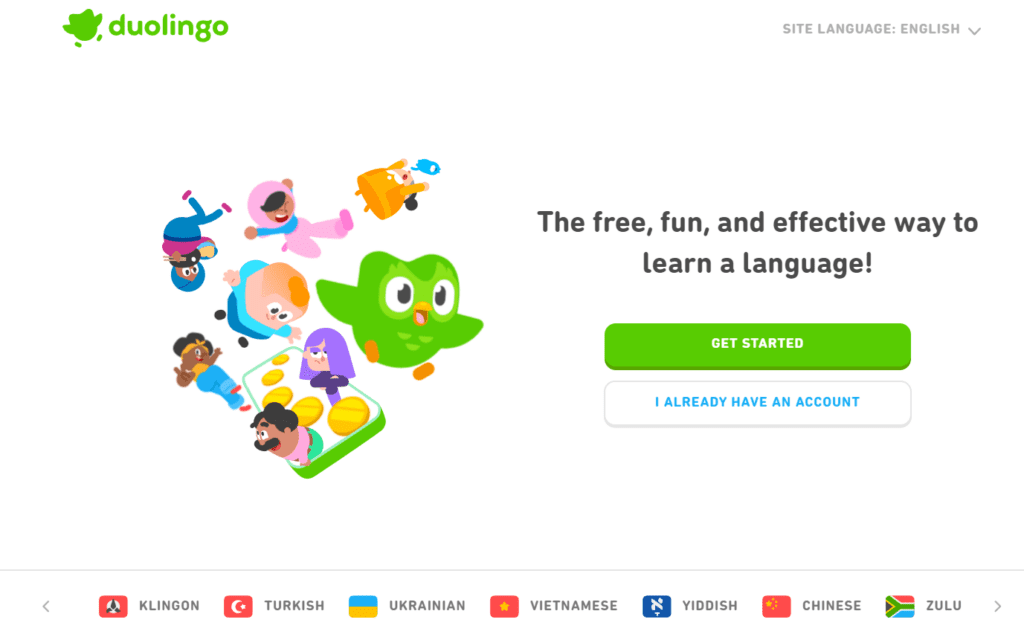
- Features: Duolingo offers bite-sized lessons that cover vocabulary, grammar, and pronunciation. Its gamified approach makes learning fun and engaging.
- Pricing: Free with optional Plus subscription ($6.99/month).
- Offline Mode: Yes (with Plus subscription).
- Target Audience: Beginners.
- Pros: Easy to use, great for daily practice.
- Cons: Limited depth for advanced learners.
2. Rosetta Stone – Best for Immersive Learning

- Features: Focuses on learning through context and visual cues rather than translation. Includes speech recognition to improve pronunciation.
- Pricing: $11.99/month or $199 for lifetime access.
- Offline Mode: Yes.
- Target Audience: Beginners to intermediate learners.
- Pros: Encourages thinking in Mandarin, polished interface.
- Cons: Repetitive for some learners, expensive.
3. HelloChinese – Best for Comprehensive Learning
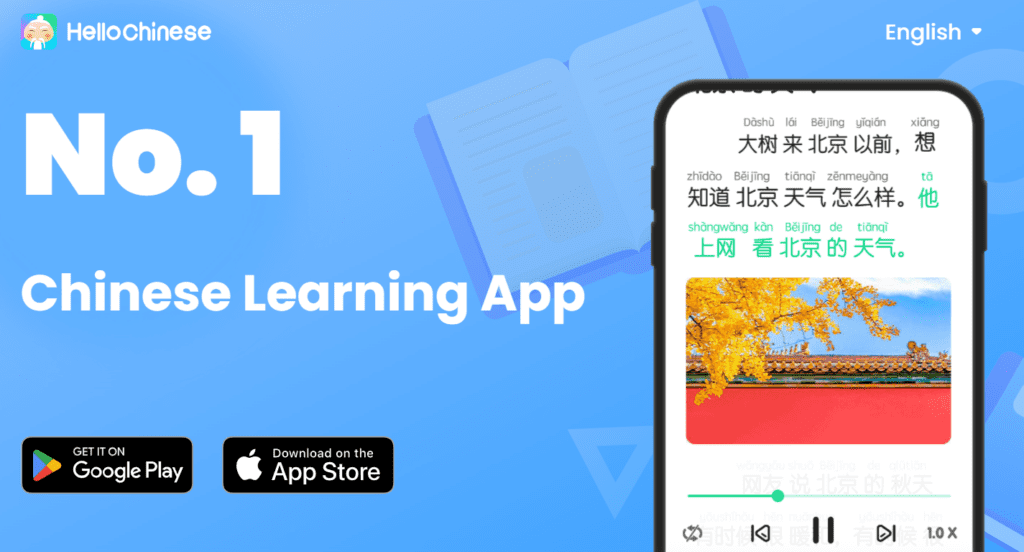
- Features: Designed specifically for Mandarin learners, it offers interactive lessons covering vocabulary, grammar, and pronunciation.
- Pricing: Free with optional premium subscription ($8.99/month).
- Offline Mode: Yes.
- Target Audience: Beginners to intermediate learners.
- Pros: Fun and engaging, tailored for Mandarin.
- Cons: Limited content for advanced learners.
4. ChineseClass101 – Best for Audio & Video Lessons

- Features: Offers a wide range of audio and video lessons tailored to different proficiency levels. Includes downloadable resources and personalized learning paths.
- Pricing: Free with premium plans starting at $10/month.
- Offline Mode: Yes.
- Target Audience: All levels.
- Pros: Practical language use, flexible learning.
- Cons: Interface can feel outdated.
5. Mandarin Blueprint – Best for Character Learning

- Features: Focuses on character learning and pronunciation through video lessons and interactive quizzes.
- Pricing: $29–$39/month.
- Offline Mode: No.
- Target Audience: Beginners to advanced learners.
- Pros: Strong emphasis on literacy, effective teaching methods.
- Cons: No offline mode, higher cost.
6. Yoyo Chinese – Best for Structured Courses
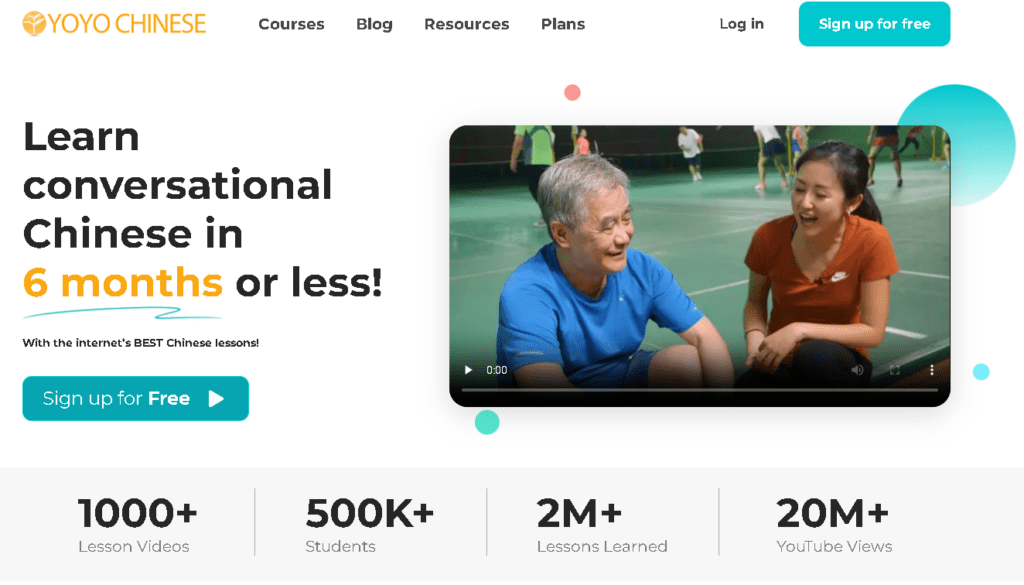
- Features: Provides structured video lessons covering pronunciation, grammar, and vocabulary. Includes flashcards and quizzes for practice.
- Pricing: $29/month or $299 for lifetime access.
- Offline Mode: No.
- Target Audience: Beginners to advanced learners.
- Pros: Easy-to-follow lessons, great for self-paced learning.
- Cons: No offline mode, expensive.
7. Pimsleur – Best for Audio-Based Learning
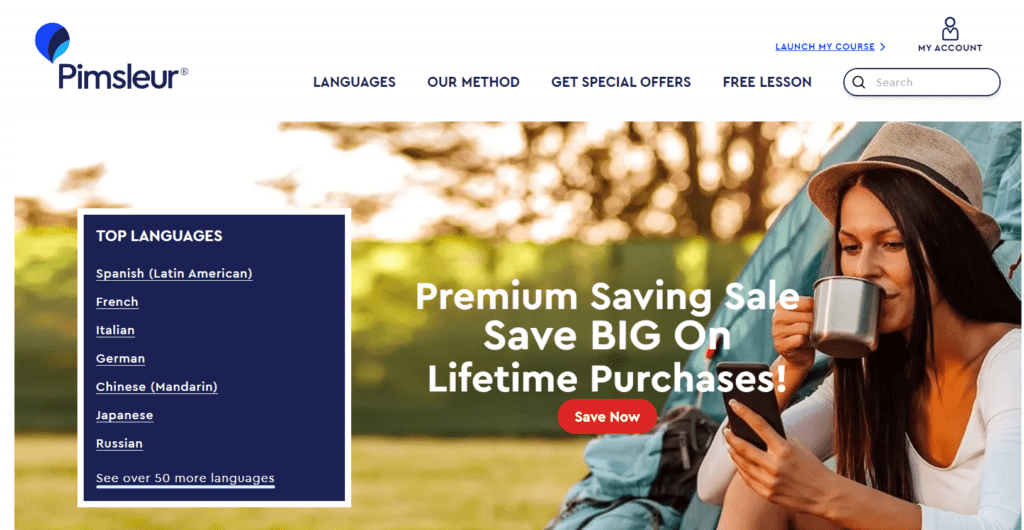
- Features: Audio lessons focus on listening and speaking skills, with a method that builds vocabulary and grammar through repetition.
- Pricing: $14.99/month.
- Offline Mode: Yes.
- Target Audience: Beginners to intermediate learners.
- Pros: Convenient for on-the-go learning, effective for speaking.
- Cons: Limited focus on reading and writing.
8. Chineasy – Best for Visual Learning
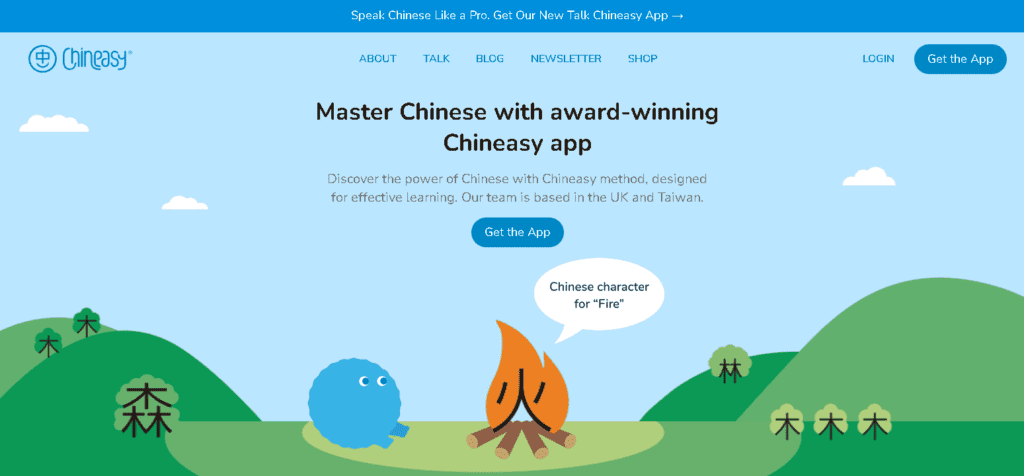
- Features: Uses illustrations and mnemonics to teach Chinese characters, making it ideal for visual learners.
- Pricing: Free with optional premium subscription ($2.99/month).
- Offline Mode: Yes.
- Target Audience: Beginners.
- Pros: Fun and engaging, great for character recognition.
- Cons: Limited grammar and conversational practice.
9. Italki – Best for One-on-One Tutoring
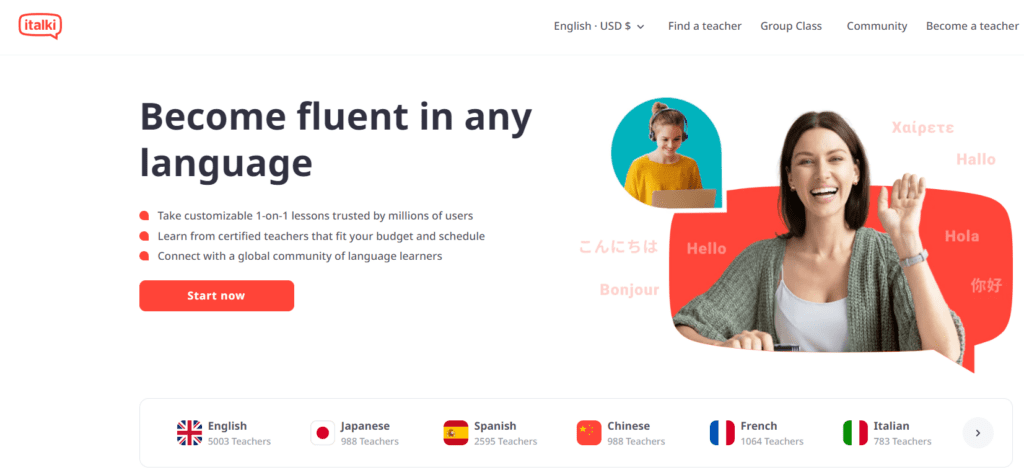
- Features: Connects learners with native Mandarin speakers for personalized lessons. Offers a wide range of tutors and pricing options.
- Pricing: $5–$50/hour depending on the tutor.
- Offline Mode: No.
- Target Audience: All levels.
- Pros: Personalized feedback, flexible scheduling.
- Cons: Quality varies by tutor.
FluentU

- Features: Uses real-world videos (e.g., movie clips, music videos) with interactive subtitles to teach Mandarin in context.
- Pricing: $30/month or $240/year.
- Offline Mode: No.
- Target Audience: Intermediate to advanced learners.
- Pros: Immersive learning, great for listening practice.
- Cons: Expensive, not ideal for beginners.
How to Choose the Right Resource
When selecting an online resource, consider the following factors:
- Learning Goals: Are you focusing on speaking, reading, writing, or all three? Choose a platform that aligns with your goals.
- Budget: Compare pricing and decide what fits your budget. Many platforms offer free trials.
- Learning Style: Do you prefer visual, audio, or interactive learning? Select a resource that matches your style.
- Flexibility: If you have a busy schedule, look for platforms with short lessons or offline modes.
- Proficiency Level: Some platforms are better suited for beginners, while others cater to advanced learners.
Conclusion
With these top online resources, learning Mandarin is more accessible than ever.
Whether you prefer gamified apps, structured courses, or one-on-one tutoring, there’s a platform tailored to your needs.
Combine these tools with consistent practice and real-life application, and you’ll be well on your way to mastering Mandarin.
Happy learning! 😊



